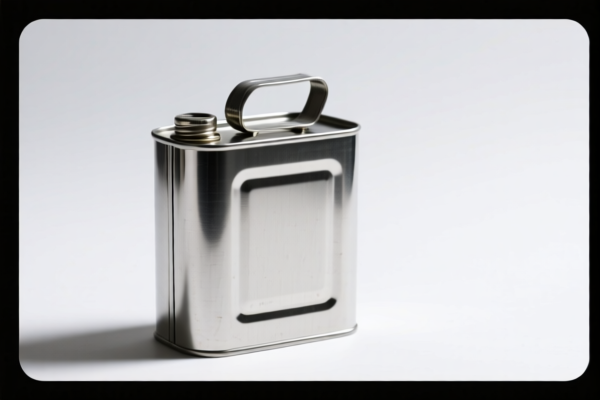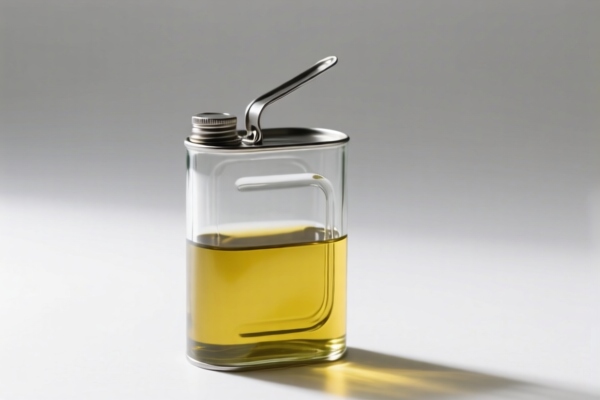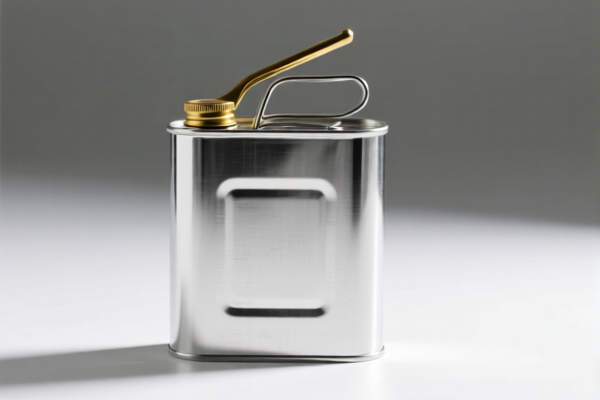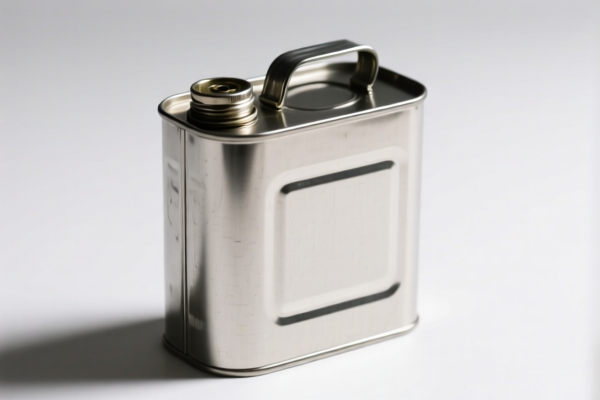| HS Code | Official Doc | Tariff Rate | Origin | Destination | Effective Date |
|---|---|---|---|---|---|
| 8424899000 | Doc | 56.8% | CN | US | 2025-05-12 |
| 8424820090 | Doc | 57.4% | CN | US | 2025-05-12 |
| 8487900040 | Doc | 58.9% | CN | US | 2025-05-12 |
| 8487900080 | Doc | 83.9% | CN | US | 2025-05-12 |
| 4016990300 | Doc | 58.0% | CN | US | 2025-05-12 |
| 3923900080 | Doc | 58.0% | CN | US | 2025-05-12 |
| 3923900012 | Doc | 58.0% | CN | US | 2025-05-12 |
| 7310210050 | Doc | 80.0% | CN | US | 2025-05-12 |
| 7310290065 | Doc | 80.0% | CN | US | 2025-05-12 |
| 7326908688 | Doc | 82.9% | CN | US | 2025-05-12 |
| 8307103000 | Doc | 58.8% | CN | US | 2025-05-12 |
| 8307106000 | Doc | 58.8% | CN | US | 2025-05-12 |
| 8309900090 | Doc | 57.6% | CN | US | 2025-05-12 |
| 8309900010 | Doc | 57.6% | CN | US | 2025-05-12 |




Oil Can
An oil can is a container designed for the storage and dispensing of lubricating oil. Historically, and continuing in some applications, they are used to apply oil to machinery, tools, and other moving parts to reduce friction and prevent wear.
Material
Traditionally, oil cans were manufactured from tinned steel, hence the common name “oil can.” Modern oil cans are more frequently constructed from steel, plastic, or aluminum. The spout and nozzle components are typically made of metal (brass, steel) or durable plastic. Some specialized cans may incorporate stainless steel for enhanced corrosion resistance.
Purpose
The primary purpose of an oil can is to provide a controlled method for lubrication. This lubrication reduces friction between moving parts, minimizing wear, preventing corrosion, and dissipating heat. They are used to maintain the operational efficiency and extend the lifespan of equipment.
Function
Oil cans function by storing oil in a sealed container and dispensing it through a spout, often with a nozzle for precise application. Key functional elements include:
- Reservoir: The main body of the can, holding the oil.
- Spout: The opening through which oil is poured or dispensed.
- Nozzle: A focused delivery point, often adjustable for flow rate and spray pattern. Some nozzles are flexible for reaching tight spaces.
- Cap/Lid: Provides a seal to prevent contamination and evaporation.
- Handle: For easy carrying and pouring.
- Level Indicator (optional): Allows visual assessment of remaining oil.
Usage Scenarios
Oil cans are employed in a wide range of applications:
- Automotive: Lubricating chassis components, hinges, and moving parts.
- Industrial Machinery: Maintaining bearings, gears, chains, and other mechanical elements.
- Workshop/Garage: General lubrication of tools, equipment, and fasteners.
- Bicycle Maintenance: Applying oil to chains, derailleurs, and cables.
- Household: Lubricating door hinges, garden tools, and other household items.
- Antique Restoration: Applying oil to vintage machinery and tools.
Common Types
- Traditional Steel Cans: Characterized by a classic design, often with a hinged lid and a flexible spout. These are frequently used for collectors or restoration projects.
- Plastic Oil Cans: Lightweight and corrosion-resistant, suitable for general-purpose lubrication. Often feature a pump-action dispenser.
- Pump-Action Oil Cans: Utilize a pump mechanism to deliver oil with controlled pressure and flow rate.
- Lever-Action Oil Cans: Employ a lever to pressurize and dispense oil. Common in industrial settings.
- Flexible Spout Oil Cans: Feature a spout that can be bent or angled for reaching difficult areas.
- Precision Oilers: Small-volume cans with fine-point nozzles for targeted lubrication in sensitive applications.
- Electric Oil Cans: Automated cans that use a pump to deliver oil.
Based on the provided information, “oil can” can be classified under several HS codes, depending on the material and capacity. Here's a breakdown:
-
7310210050: Tanks, casks, drums, cans, boxes and similar containers, for any material (other than compressed or liquefied gas), of iron or steel, of a capacity not exceeding 300 liters, whether or not lined or heat insulated, but not fitted with mechanical or thermal equipment: Of a capacity of less than 50 liters: Cans which are to be closed by soldering or crimping. This code applies to iron or steel cans holding oil, with a capacity under 50 liters and closed by soldering or crimping.
- 73: Iron or steel articles.
- 10: Tanks, casks, drums, cans, boxes and similar containers.
- 21: Of iron or steel.
- 00: Other.
- 50: Other.
-
7310290065: Tanks, casks, drums, cans, boxes and similar containers, for any material (other than compressed or liquefied gas), of iron or steel, of a capacity not exceeding 300 liters, whether or not lined or heat insulated, but not fitted with mechanical or thermal equipment: Of a capacity of less than 50 liters: Other Other: Other. This code applies to iron or steel cans holding oil, with a capacity under 50 liters, and not specifically closed by soldering or crimping.
- 73: Iron or steel articles.
- 10: Tanks, casks, drums, cans, boxes and similar containers.
- 29: Of iron or steel.
- 00: Other.
- 65: Other.
-
8310210050: Tanks, casks, drums, cans, boxes and similar containers, for any material (other than compressed or liquefied gas), of iron or steel, of a capacity not exceeding 300 liters, whether or not lined or heat insulated, but not fitted with mechanical or thermal equipment: Of a capacity of less than 50 liters: Cans which are to be closed by soldering or crimping. This code applies to iron or steel cans holding oil, with a capacity under 50 liters and closed by soldering or crimping.
- 83: Iron or steel articles.
- 10: Tanks, casks, drums, cans, boxes and similar containers.
- 21: Of iron or steel.
- 00: Other.
- 50: Other.
-
8310290065: Tanks, casks, drums, cans, boxes and similar containers, for any material (other than compressed or liquefied gas), of iron or steel, of a capacity not exceeding 300 liters, whether or not lined or heat insulated, but not fitted with mechanical or thermal equipment: Of a capacity of less than 50 liters: Other Other: Other. This code applies to iron or steel cans holding oil, with a capacity under 50 liters, and not specifically closed by soldering or crimping.
- 83: Iron or steel articles.
- 10: Tanks, casks, drums, cans, boxes and similar containers.
- 29: Of iron or steel.
- 00: Other.
- 65: Other.
Important Note: Regarding HS codes 7310210050 and 7310290065, please note that for steel or aluminum cans, a 25% additional tariff applies.
Customer Reviews
No reviews yet.